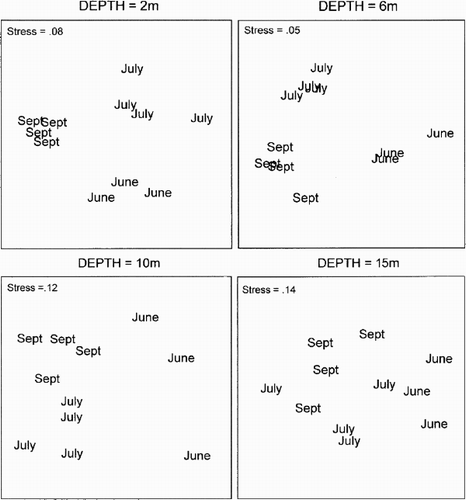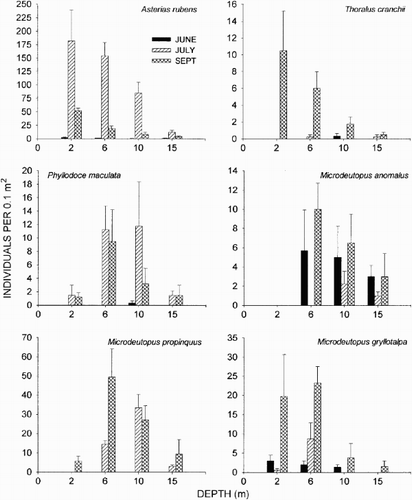Figures & data
Figure 1. Location of the sampling site in Gullmarsfjorden on the Swedish west coast. The dotted line represents the 100 m isobath. KMRS=Kristineberg Marine Research Station.
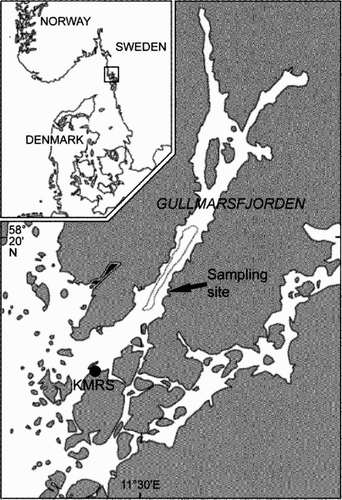
Table I. Efficiency of the suction sampler. The number of taxa after an ordinary sampling and after an additional 3 min sampling at the same spot.
Table II. Taxa found on the three sampling occasions.
Figure 2. Mean abundance of taxonomic groups, expressed as individuals per 0.1 m2. The error bars represent+standard error values.
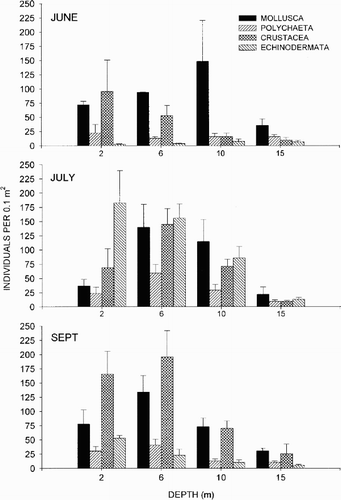
Figure 3. a) Diversity (Shannon-Wiener index), b) evenness expressed by Hill's modified ratio E5, and c) species richness as average number of species per 0.1 m2. (In June n=3, in July and September n=4).
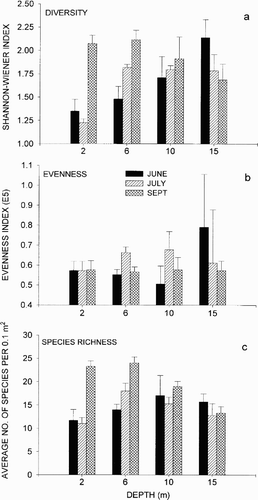
Figure 4. Multi dimensional scaling (MDS) of the zonation pattern in June, July and September. Each point represents one replicate and one depth.

